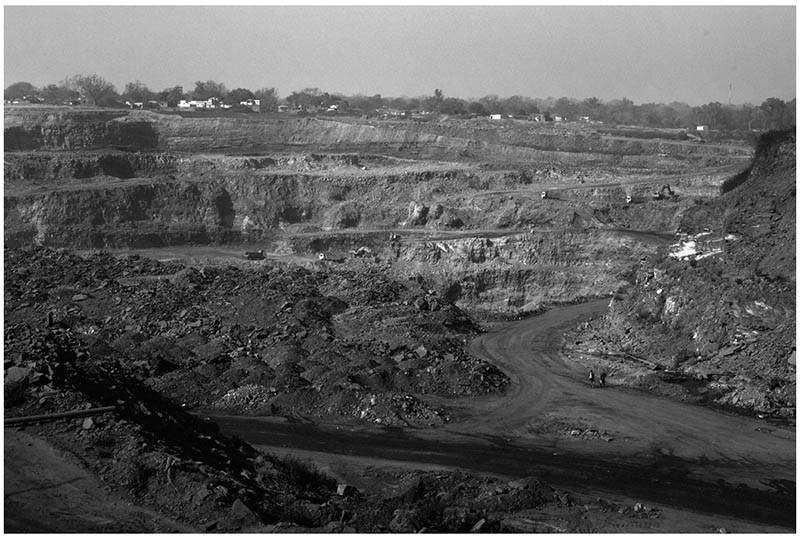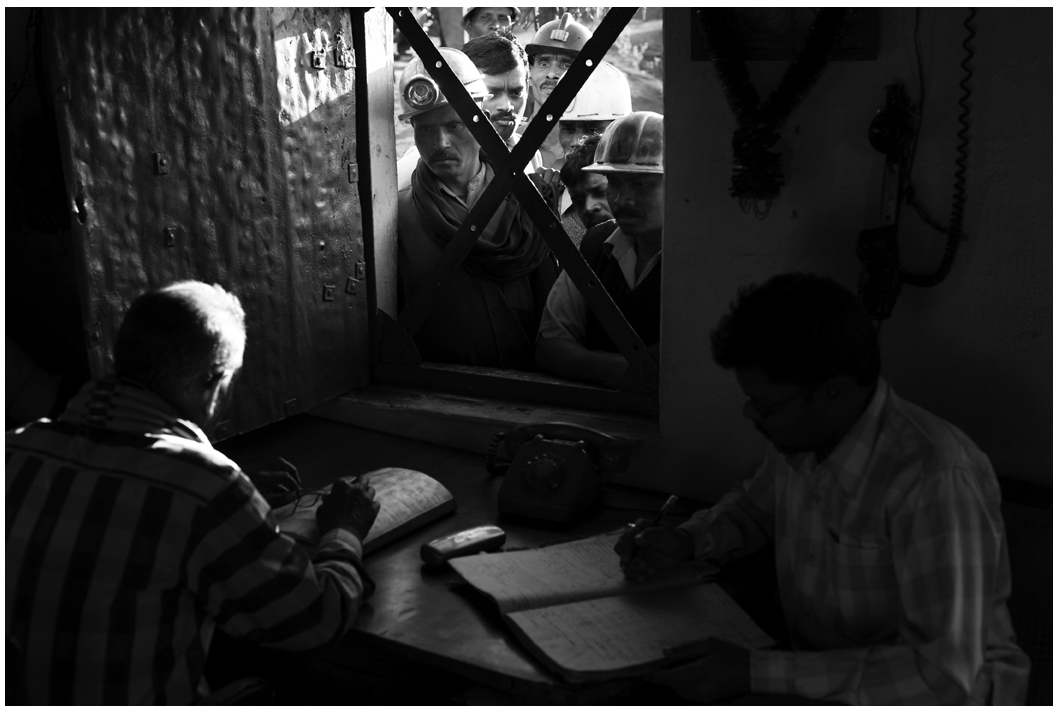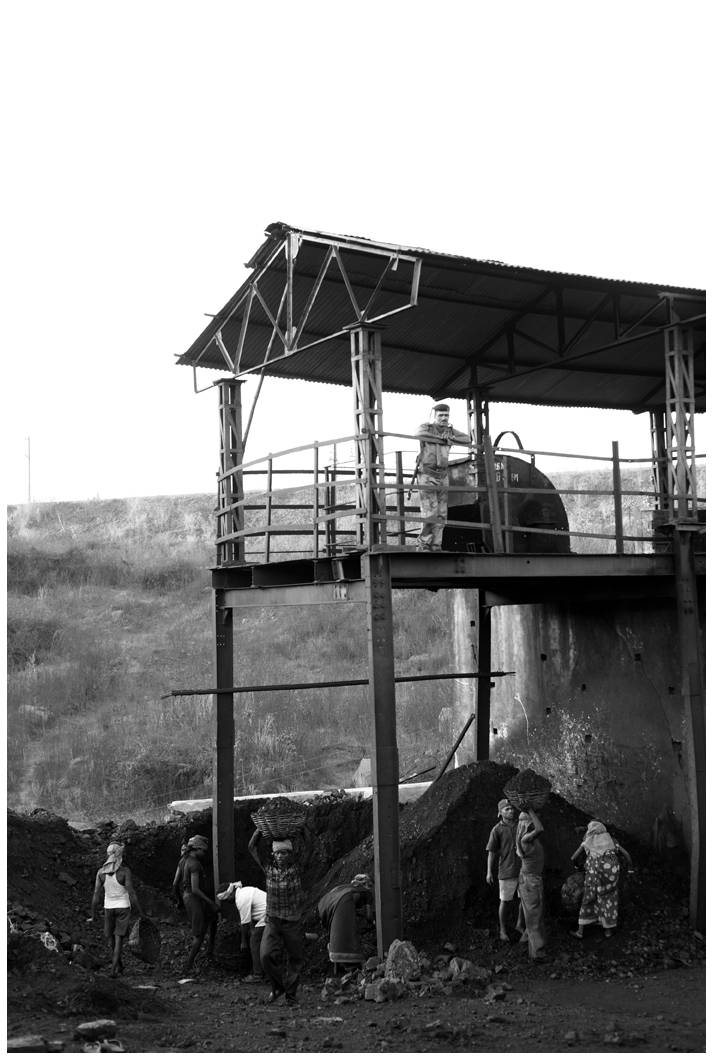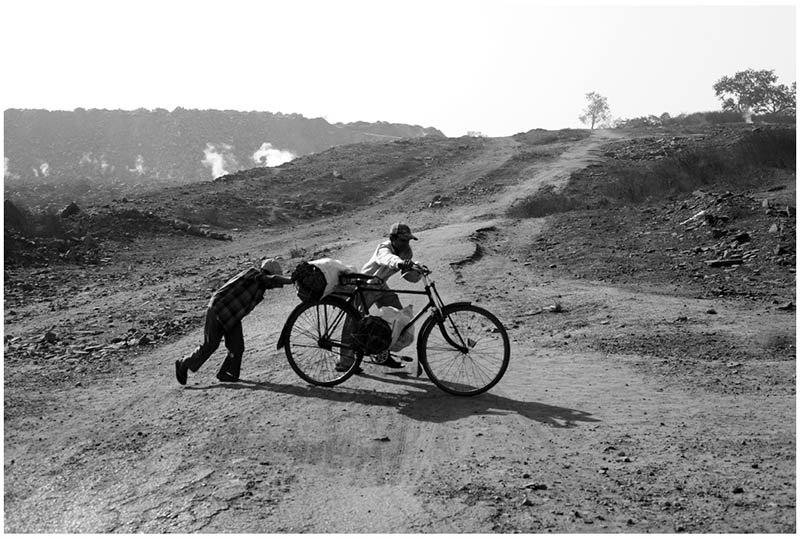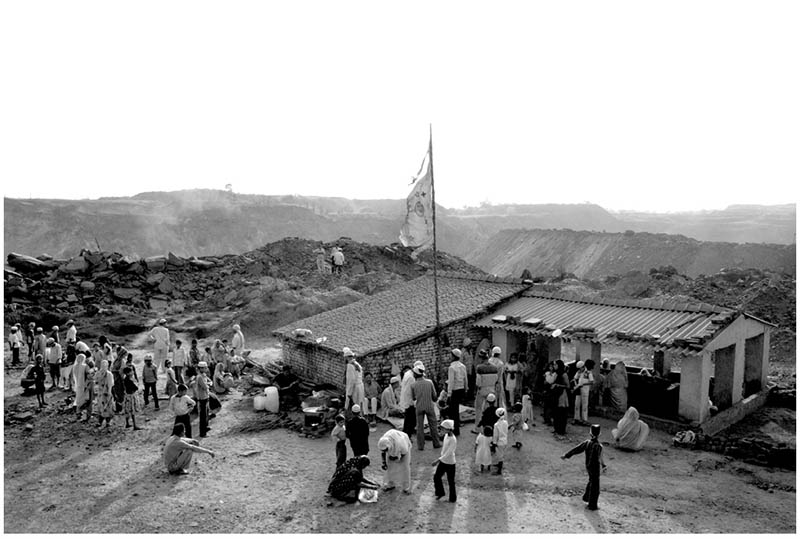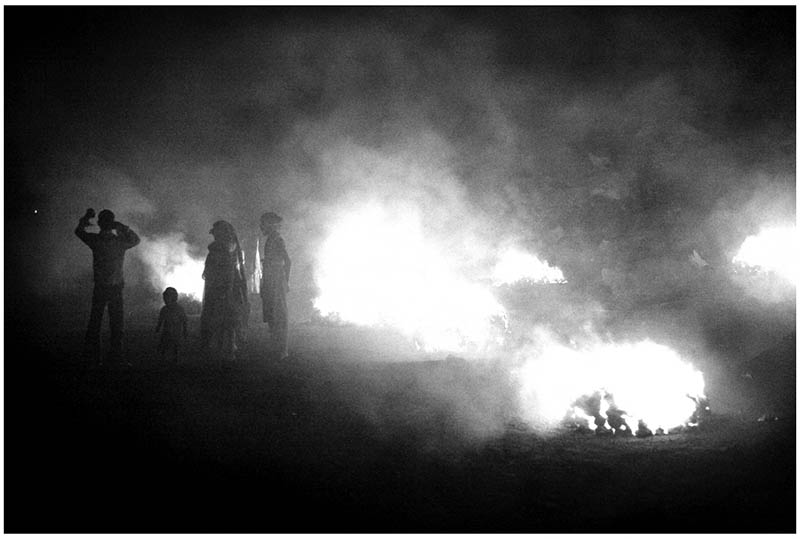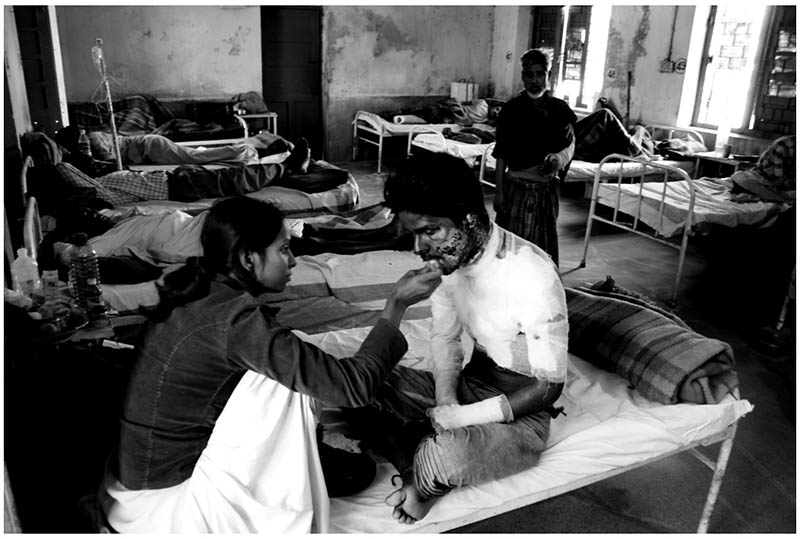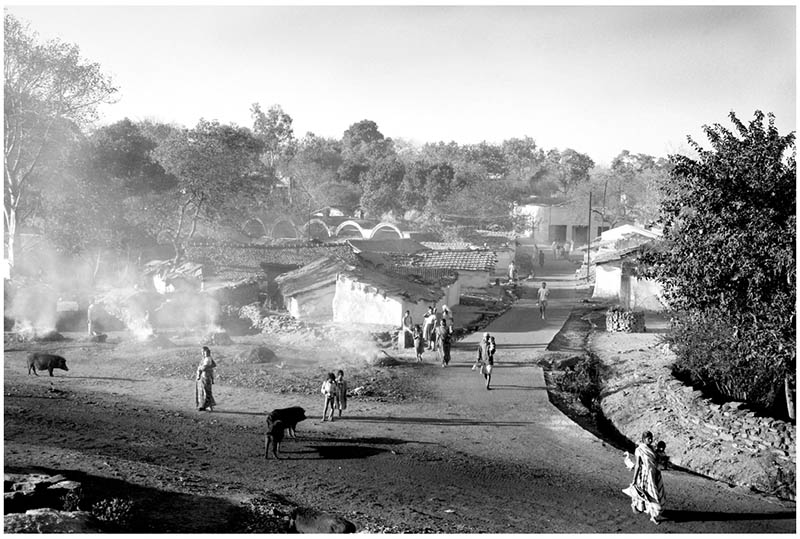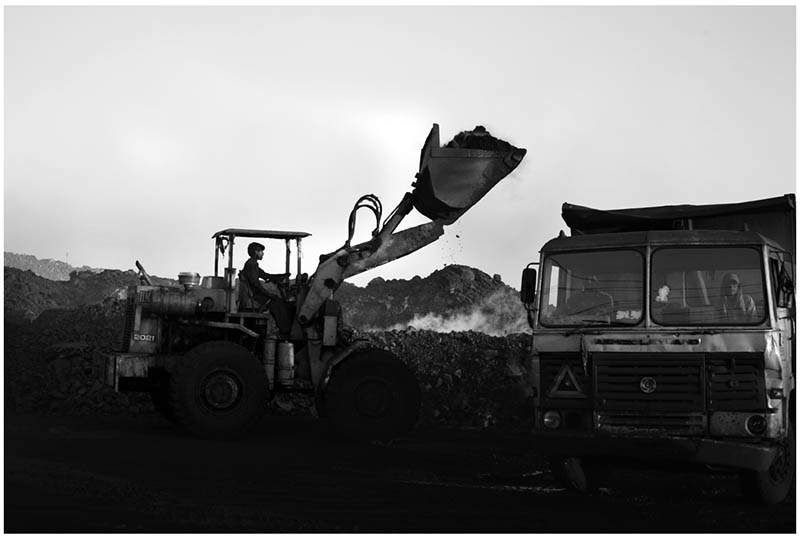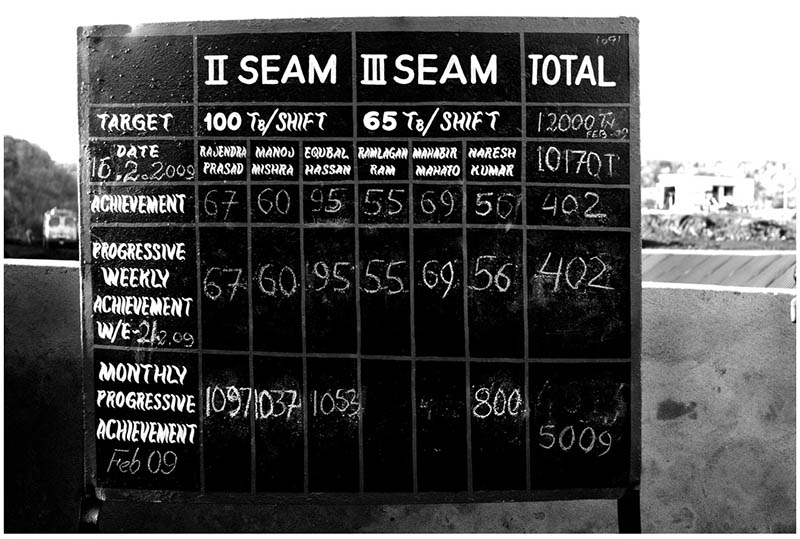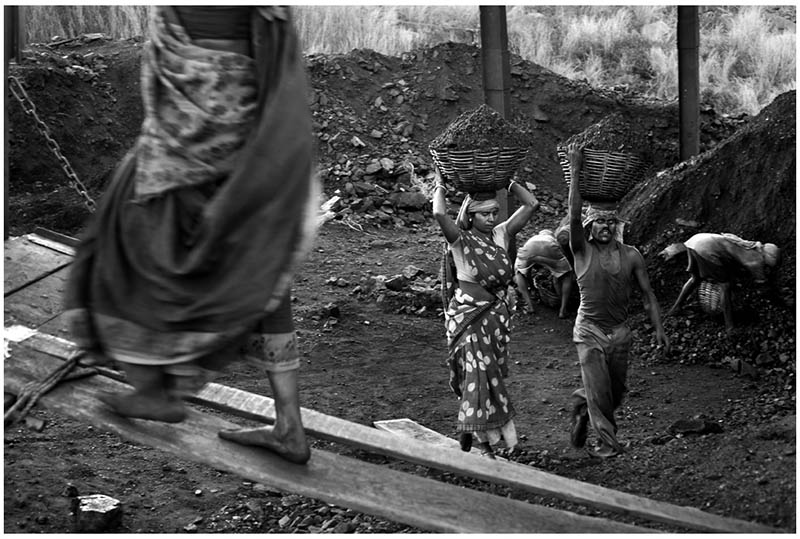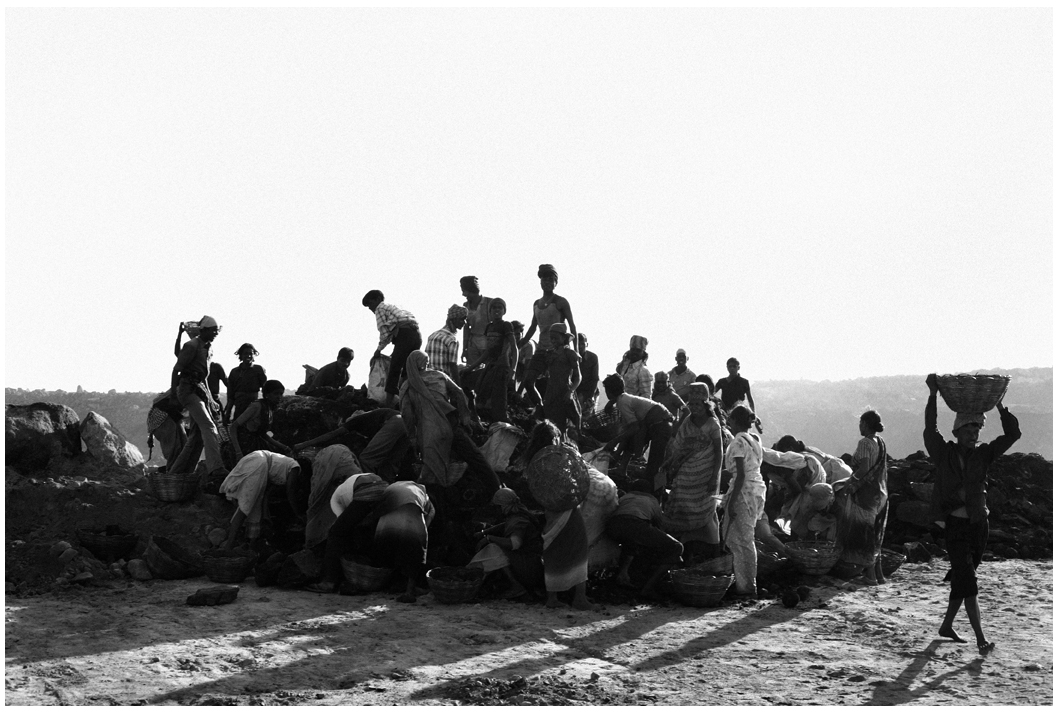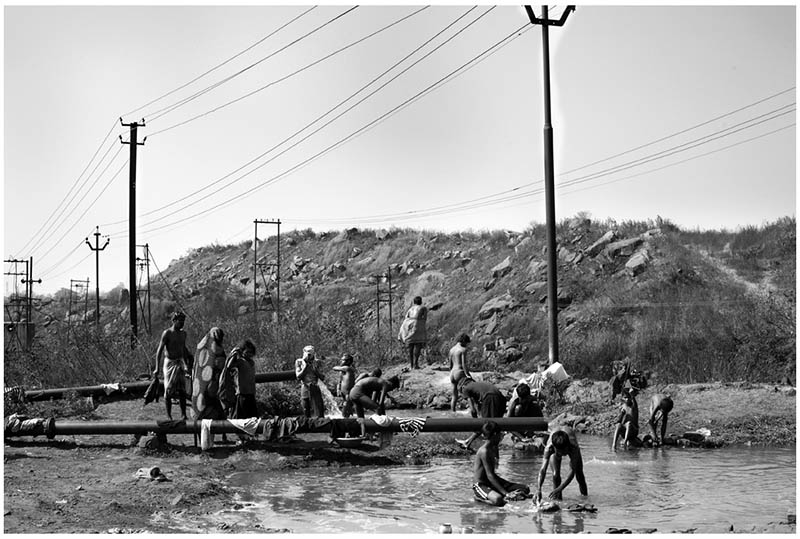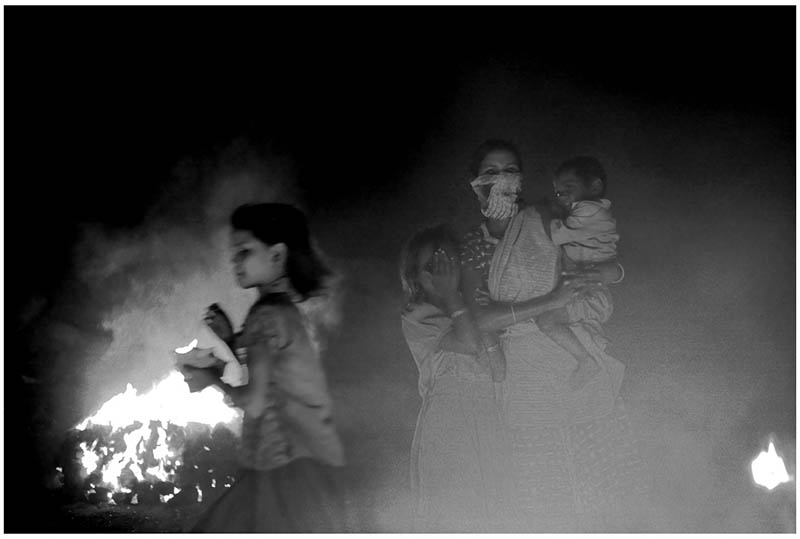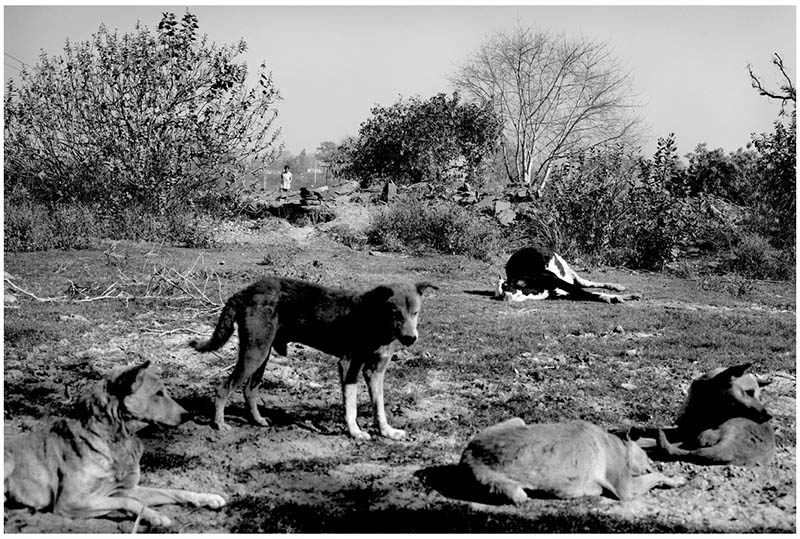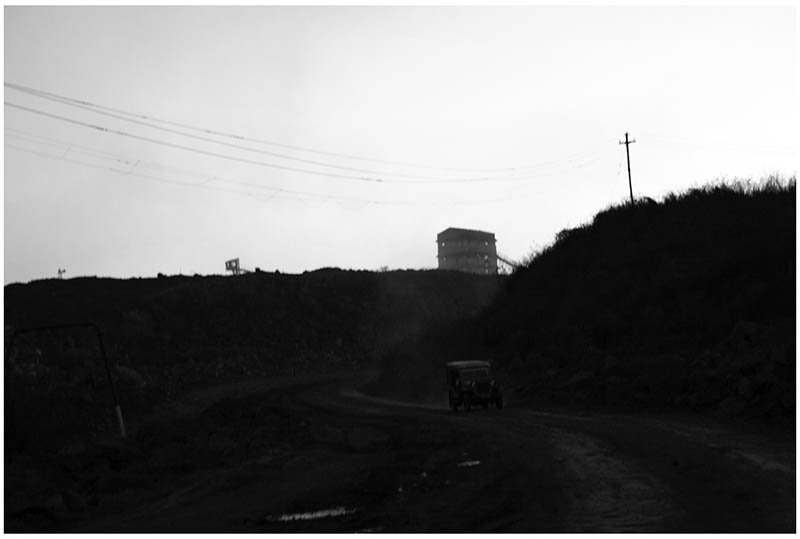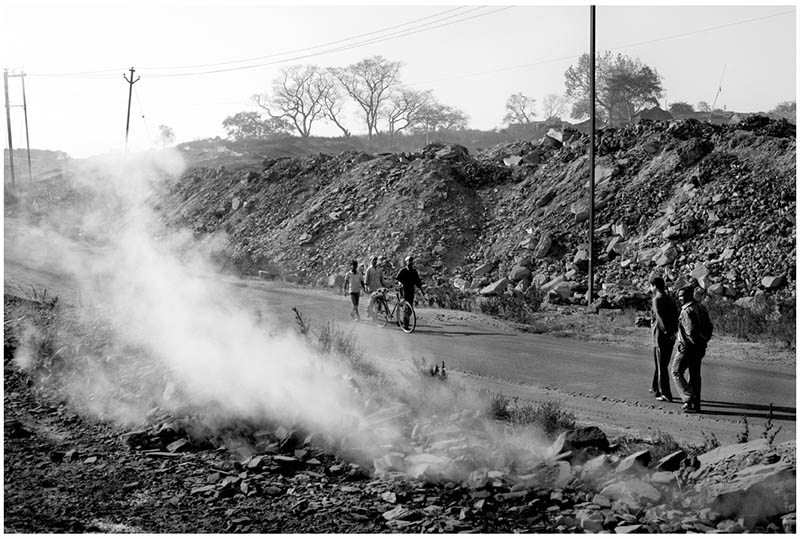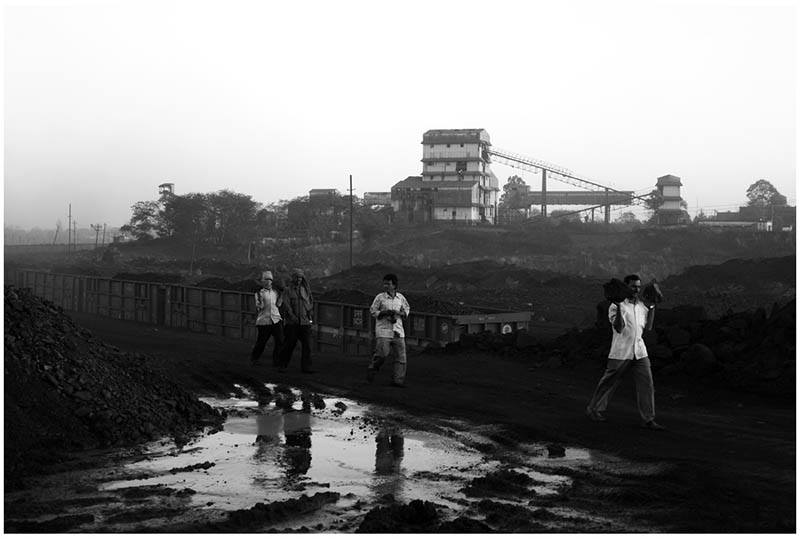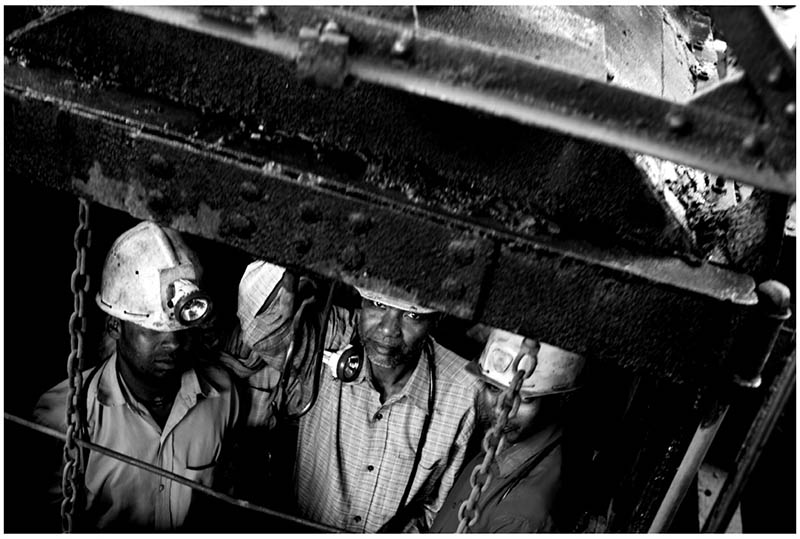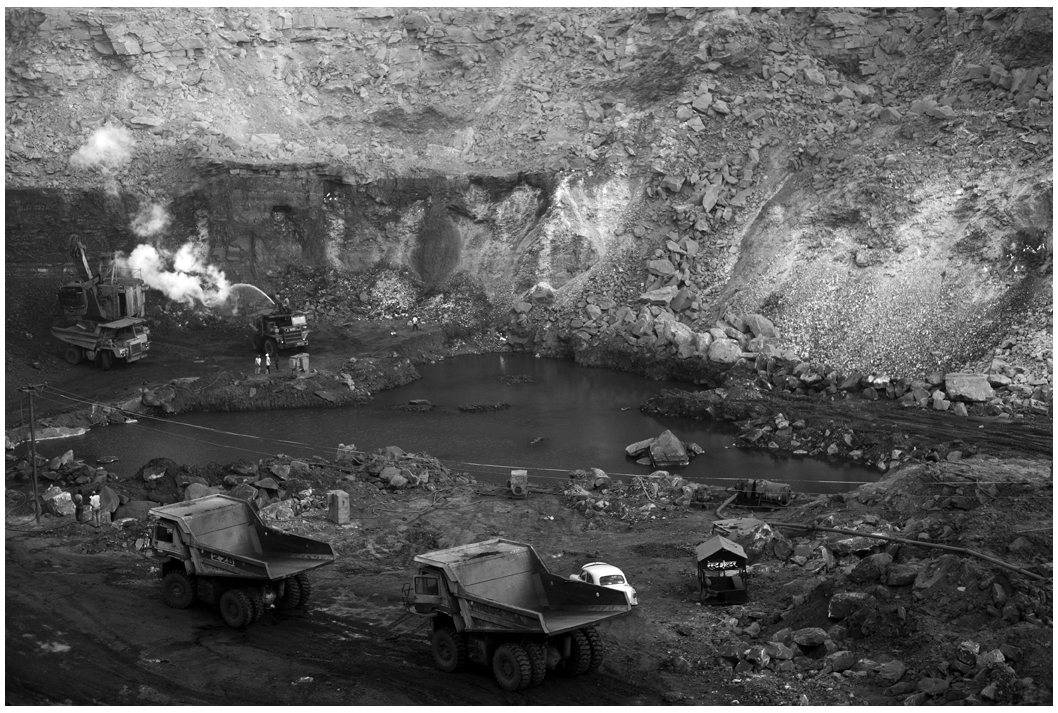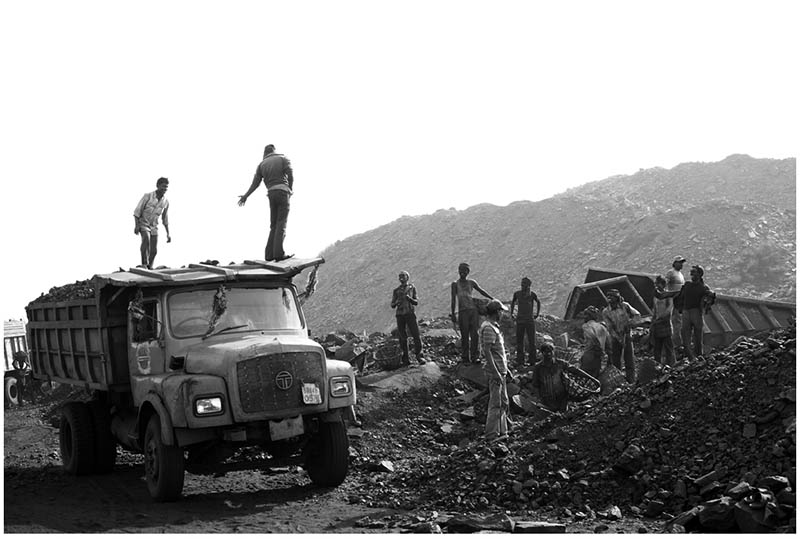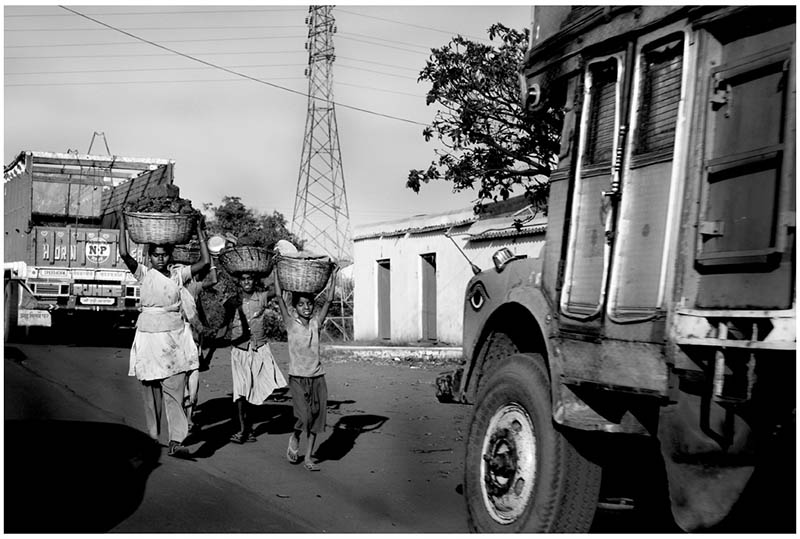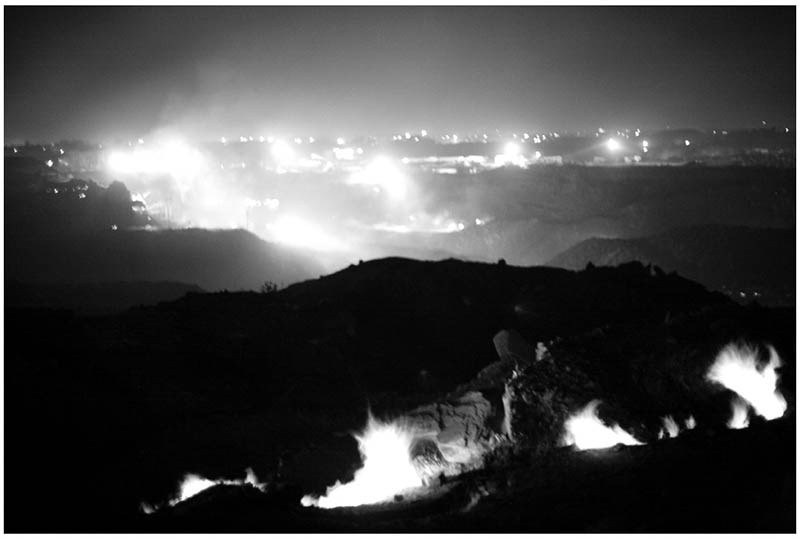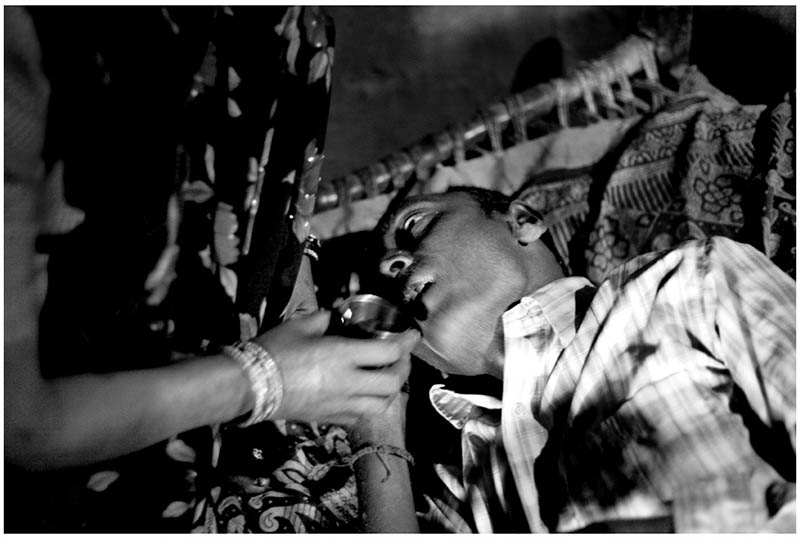Jharia
The Jharia coalfield in Jharkand (India) is an exclusive storehouse of prime coke coal in the country, consisting of 23 large underground and nine large open cast mines.
The mining activities in these coalfields started in 1894 and had really intensified in 1925. The history of coal-mine fires in Jharia coalfield can be traced back to 1916 when the first fire was detected. At present, more than 70 mine fires are reported from this region.
Once a coal seam catches fire, and efforts to stop it at an early stage fail, it may continue to burn for tens to hundreds of years, depending primarily on the availability of coal and oxygen. Coal fires have occurred in nearly all parts of the world like India, the US, Indonesia, South Africa, Australia, China, Germany, and many other countries. However, the nature and magnitude of the problem differs from country to country. In India, the fire in the Jharia coalfield has mainly been due to unscientific mining and extraction of coal in the past.
Fires may occur in coal layers that are exposed to the surface of the earth or areas close to it. These are visible to the naked eye. Also, fires erupt in the underground seams, which have large cracks that serve as channels for oxygen to the burning coal. The main causes of natural coal fires are lightning, forest fires, bush fires, etc. Among human causes are accidents, negligent acts, domestic fires, lighting fires in abandoned underground mines for heating or distilling alcohol, etc. Besides, burning away of an important energy resource creates problems for exploitation of coal, poses danger to humankind, raises the temperature of the area, and when present underground, can cause the land to subside. The pollution caused by these fires affects air, water, and land.
The measures for controlling coal mine fires, in the case of Jharia coalfields, include bulldozing, leveling, and covering with soil to prevent the entry of oxygen and to stabilize the land for vegetation. Fire fighting in this area requires the relocation of a large population, which poses to be a bigger problem than the actual fire fighting operations.

